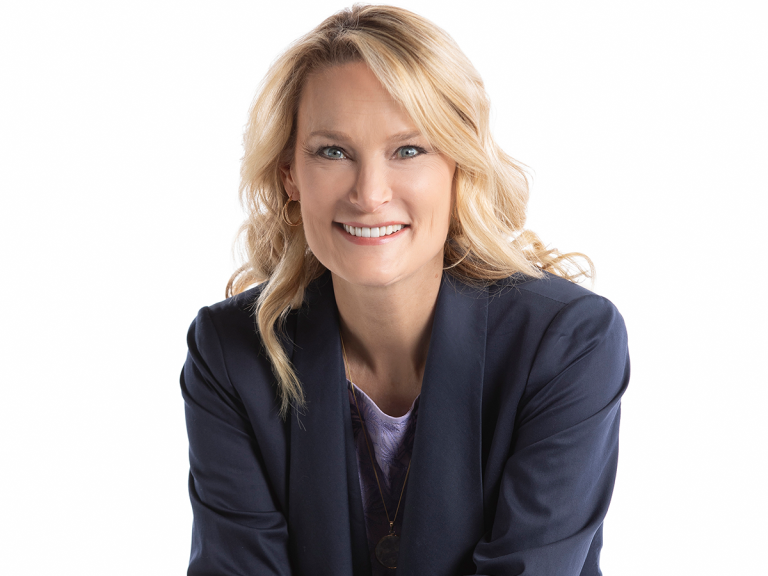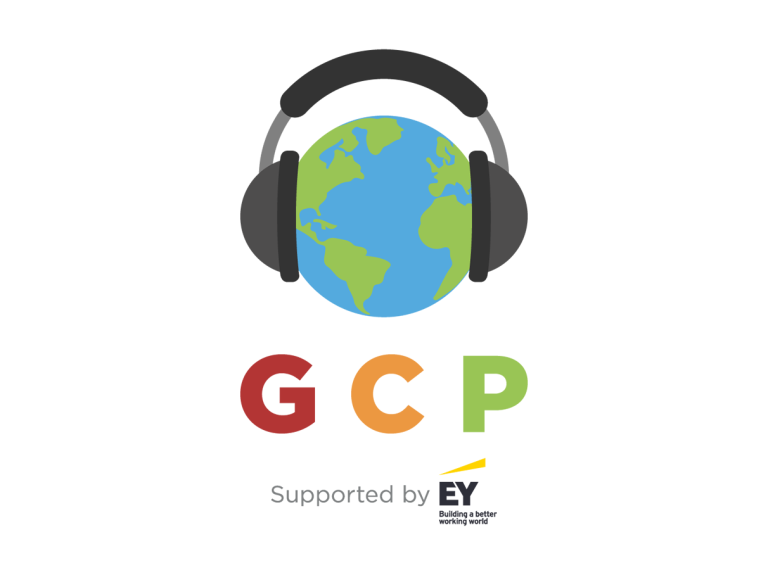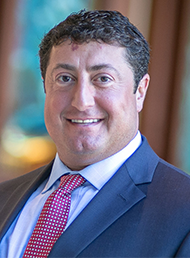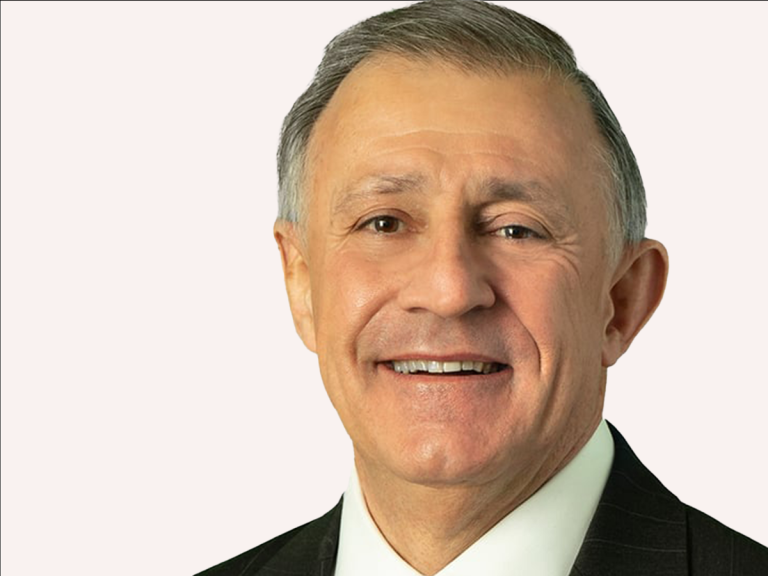Bertil Olsson, the CEO of Bermuda-domiciled energy mutual Everen, is set to retire from his position in March 2025, as the board has declared a dividend of $350m.
The dividend was declared at the company’s board meeting on 19 March, which was followed by its annual general meeting on 21 March, where Olsson broke the news regarding his retirement.
“Whilst my retirement is still a year away, I would like to express what an honour and privilege it has been to lead this amazing organisation over the past 8 and a half years,” Olsson said.
“I am looking forward to the continued work over the coming year with our very talented team and Board of Directors and to transition the business to the next leader upon completion of the succession recruitment process.”
Directors Gwenola Jan, Michele Waters, and Robert Wondolleck are also set to retire.
At the AGM, shareholders voted to approve amendments to Everen’s by-laws and shareholders’ agreement, aimed at enhancing governance and operational flexibility.
Shareholders also elected a new Board of Directors who will serve until the March 2025 AGM.
The newly elected Board appointed John Weisner as chair of the board and Brian Mullen as deputy chair for 2024.
For the fiscal year 2023, Everen reported a net income of $679.5m, driven by a rebound in the investment portfolio, positive underwriting income and cost management.
“In 2023, Everen performed very well and remained dedicated to advancing Strategic Plan initiatives including our marketing and communication activities and facilitating the use of our coverages through the approval of the use of incorporated cell captives,” said Robert Foskey, senior vice president and COO at Everen.
“The addition of three new members underscores our continued growth, geographic and insured portfolio diversification, and the strong interest from global energy companies to be a part of our world-class energy insurance mutual.”
In March last year, Olsson told Captive Intelligence that Everen is facilitating the global transition to a greener economy by providing an insurance solution to all types of energy companies for both old and new projects.














